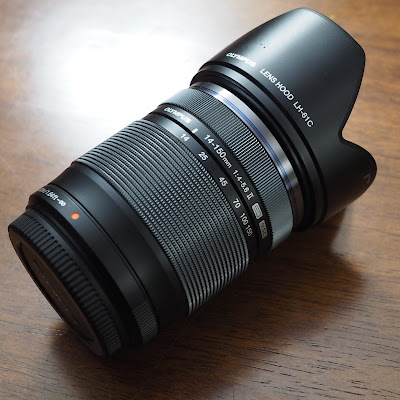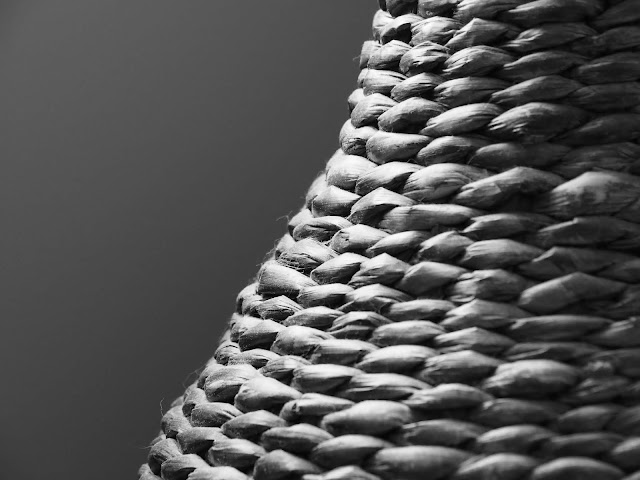After all what we may like the most in photography is going out and have pleasure doing some pictures with a compact well-designed camera body and lens combination (which should be also good looking!). Are Olympus the only manufacturer does nice and refine photo equipment? No for sure but they have their own signature for a long time since the event of the famous Pen analog series.
And we are speaking about compactness first which a paramount quality for photographers on the go. Small cameras at first but also small lenses to be coherent with the concept. And the Micro Four Third sensor format is may be the only one that can guaranty that without letting down any technological (automated) advancement. If you are speaking about other sensor formats like the 24 X 36mm or APS-C, you cannot put aside the fact that their optics are often large and heavy comparatively from the equivalent MFT ones.
And how about the image quality of the Micro Four Third format? I think we have reached an MFT sensor development that can now deliver the quality level needed in most of the general photographic situations. Yes, in specific cases the larger formats (especially the medium ones) are still doing an outstanding job but we can leave them to the few pros and enthusiasms that can afford and justify their use. What is important is what you do with your pictures and what final purpose you intend with. Even for the fairly large print (like 13X19 inches or A3 format), a modern MFT format sensor will fulfill the task nicely if your picture-taking parameters are correctly set.
 |
| Source: Olympus.com |
And what about using a second generation (16MP sensor) like we find into the Olympus OM-D E-M5 Mark II considering that a third itineration (Mark III w/20MP sensor) is already available on the market? Why not since the E-M5 Mark II is still a remarkable photographic camera device, very well built and designed for an everyday use under many various (and adverse) picture-taking conditions. The Olympus OM-D E-5 Mark II is also a mature product that have been updated a few times. For sure we are assisting to its last days of front selling life but with Olympus, you never know when it will be really no more available.
The Olympus M.Zuiko ED 14-150mm f4-5.6 II zoom lens is a kind of extreme optic that can be used for all-around photographic purposes. It is a compact design and construction along with a maximum 150mm focal length giving a six-time magnification compare to our naked eyesight. At its widest 14mm focal length, the Olympus zoom lens can fulfill many proximate photographic tasks and can perform panoramic views. With a very modest maximum variable aperture of F4-5.6, the M.Zuiko ED zoom lens is for sure a less flexible tool when you are facing low light situations or moving subjects. In those cases, you may rely on a higher ISO setting and on an internal camera body stabilization system (if available) with a higher deep of field, we must add.
The zoom ring is fairly large and have a good tempering turning resistance. The focusing ring can be reached easily and don't turn too freely although it is "by-wire". The Olympus M.Zuiko ED 14-150mm II zoom lens is not part of the Olympus Pro line of optics but it has the splash proof feature which can be a great help when using the lens in adverse conditions (providing that the camera body have the same characteristic). A dedicated bayonet mount lens hood is furnished with the lens which is always appreciated by the owner who have already spent good money to get the optic. The 58mm filter accessory size is moderated and allows you to buy good protection filter or special effects filters if you wish to do so.
All the official specifications regarding the Olympus M.Zuiko ED 14-150mm F4-5.6 II are here.
In daylight or well light contexts, the Olympus M.Zuiko ED 14-150mm II is handy optic especially if you couple it with a camera model such as the Olympus OM-D or Pen series which are featuring internal sensor stabilization capability. Having a fast access to bigger telephoto setting give to the zoom lens a greater flexibility that prevent continuous permutation between different lens models and that can be hazardous in many circumstances. Even more it is a faster optic to operate when you are framing your subject. At its widest focal length of 14mm, you are reaching the upper limit of a "real" wide angle lens with 75 degrees of angle of view.
Doing close photography is possible with the Olympus M.Zuiko ED 14-150mm II considering its high magnification capability although you have to respect a minimum distance between you and your subject of half a meter (1.6 ft). If you are expecting to take pictures of regular size objects like flowers, the Olympus M.Zuiko ED 14-150mm II will allow you to get very interesting results and again its versatility will be appreciated. It is not a "macro" intended optic and the Olympus M.Zuiko ED 60mm F2.8 or ED 30mm F3.5 macro premium lenses should be your best choices to do such specialized and small subjects.
Having worked with the Olympus M.Zuiko ED 14-150mm II zoom lens for some table top subjects has giving me the opportunity to check the image quality output of the optic in a more optimum picture taking condition in using a low ISO and having the camera tripod mounted. And this M.Zuiko ED zoom lens is offering usual Olympus optical "standard" lens quality level ( acknowledging that the Olympus Pro lenses are still their best products in that sense). Color rendition, contrast, image definition are good and on average compare to their less focally stretched standards zoom lenses.
If you are a photographer that is bringing your camera almost everywhere in the city, on travel, in your surrounding or doing outdoor trecking, the Olympus M. Zuiko ED 14-150mm II should be a serious lens option to consider for its versatility and its image quality. It is compact, well built and ready to cope with almost any kind of subjects. A very pleasant lens mate.







